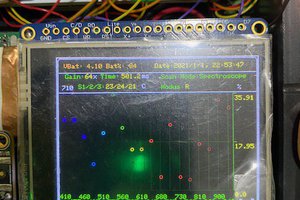HOW it is going to be done?
Meteo stations are cool. However, they are most often expensive, closed hardware, and, well, limited to basic meteorological stuff. My goal with this project is to address some of these concerns.
Openness
First of all : open source software all the way. Furthermore, there should be some kind of abstraction so that the software is not too dependent of the hardware. Thus, we can replace sensors if needs be, without the fear of beeing stuck with a discontinued sensor. For sure, consistent measures require consistent sensors, or at least calibrated ones. But to some extent, it would be great to be hardware independent. If we manage to do that, we could then even make a database with the most popular sensors, specs, and actual precision reached.
Wherever possible, we'll also seek to use open hardware, or at least documented hardware. By building a project on those solid foundations, we can reach some hardware abstraction, and thus all the positive side effects that come with it.
Modularity
Openness brings modularity. If one can swap a sensor for another one without much hassle, it is possible to adapt the realization to whatever the needs of the user. Furthermore, this allows the user to progressively build his environmental station, adding whatever sensors are required when they are, or when they become available. This means that we're not stuck with a product whose specifications are set in stone.
Cost
This leads directly to the question of costs. Considering that there won't be simple one or two versions of Milapli, it's up to the user to select whatever he needs, or can afford. Depending on the budget and desired accuracy, one can settle for few high precision sensors, lots or lesser ones, or any combination. Of course, there will be a core hardware, so there will be a minimal investment to build this. However, past this cost, it's on the user to decide how much he wants to spend on additional hardware. That may seem obvious for us hackers, but my goal is that even non hackers become able to do so following the documentation, without having to become a h4xx0rz.
Field of use
Considering that we're building a system to measure stuff, why limit ourselves to just classic meteorological sensors? Furthermore, since we're going modular and as open as possible, we may as well generalize the project a bit, and make it an sensor station rather than just a meteo station. An example of another application of this is my other project, Rlieh, that manages my aquariums for me. Basically it is a stripped down version Milapli, with fewer aquarium-focused sensors. Another example of an application is another project of mine : Domochevsky, a smart house project. How would you make a house "smart", if not by adding sensors to be able to react to the users?
Interconnection
Considering the IoT trend, we might as well jump in, right? More seriously, there are two main reasons for me to want to have this being a network capable system (i said capable, but nothing prevents anyone for using it with one node, offline):
1 - At LAN scale, it enables the user to have redundant sensors for more accuracy, monitor various places, etc. But also, the idea is that we may as well use other projects as nodes of this. Considering that i have aquariums with sensors and the core hardware in it, why not use those sensors for Milapli as well? When each room in my house have a node for open domotics, why not add a few cheap sensors, and expand the possibilities of Milapli? Another example of this convergence is another project of mine, whose goal (among others) is to make a cheap network camera out of a Raspberry pi.
Once i put one or two of these around the house, i may as well add a few sensors, and this can thus serve both the sensor station AND the smart house project.
2 - At WAN scale, this project can benefit network connections to measure wider phenomenons. indeed, with a few stations in some places, we'll be able to determine if a phenomenon is local...
Read more » Audrey Robinel
Audrey Robinel

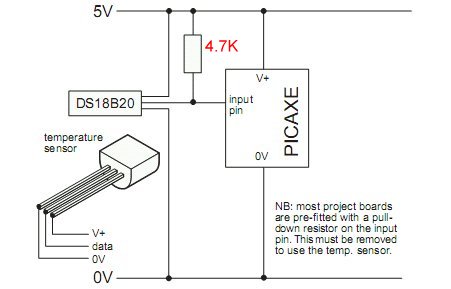
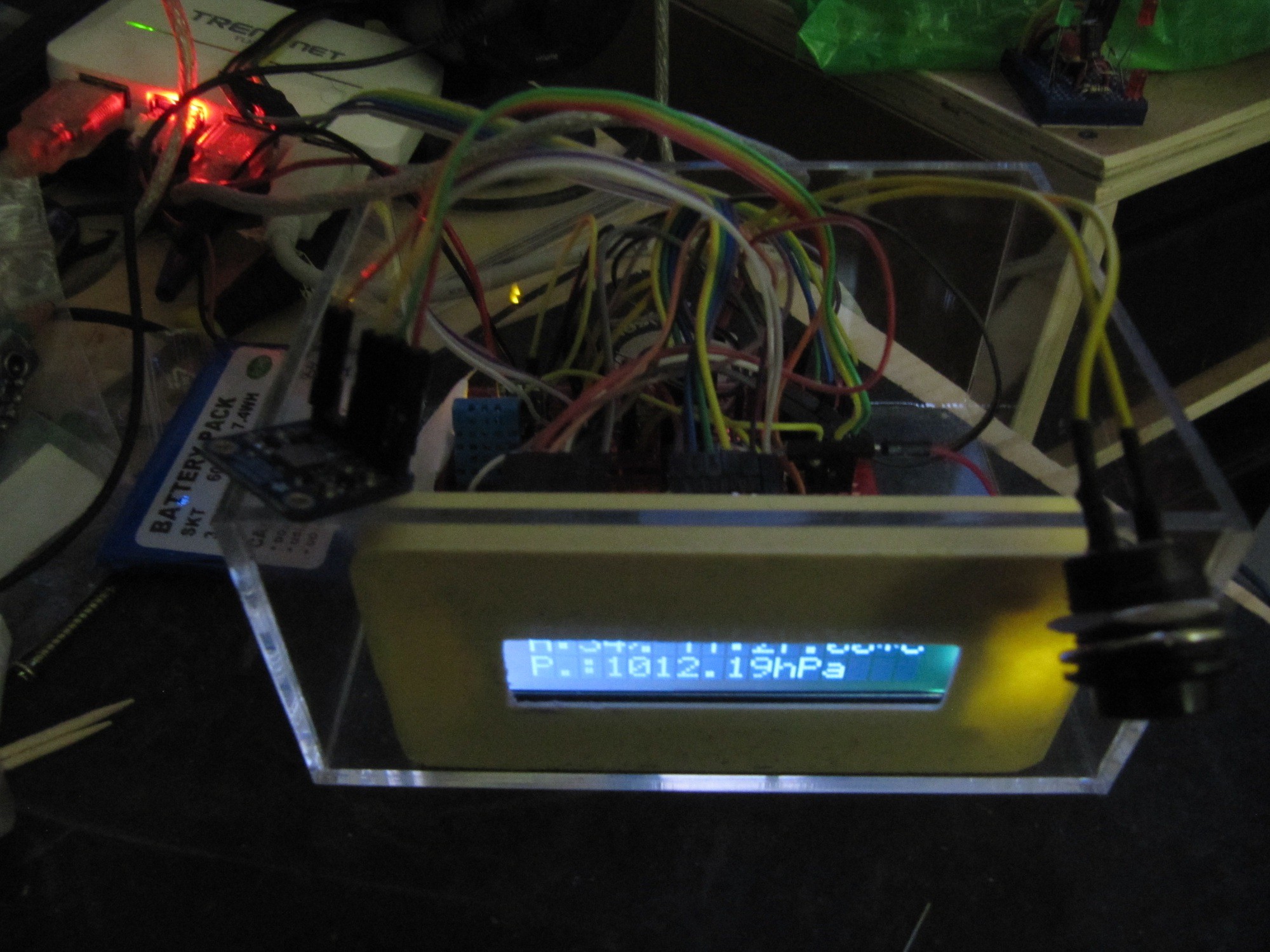
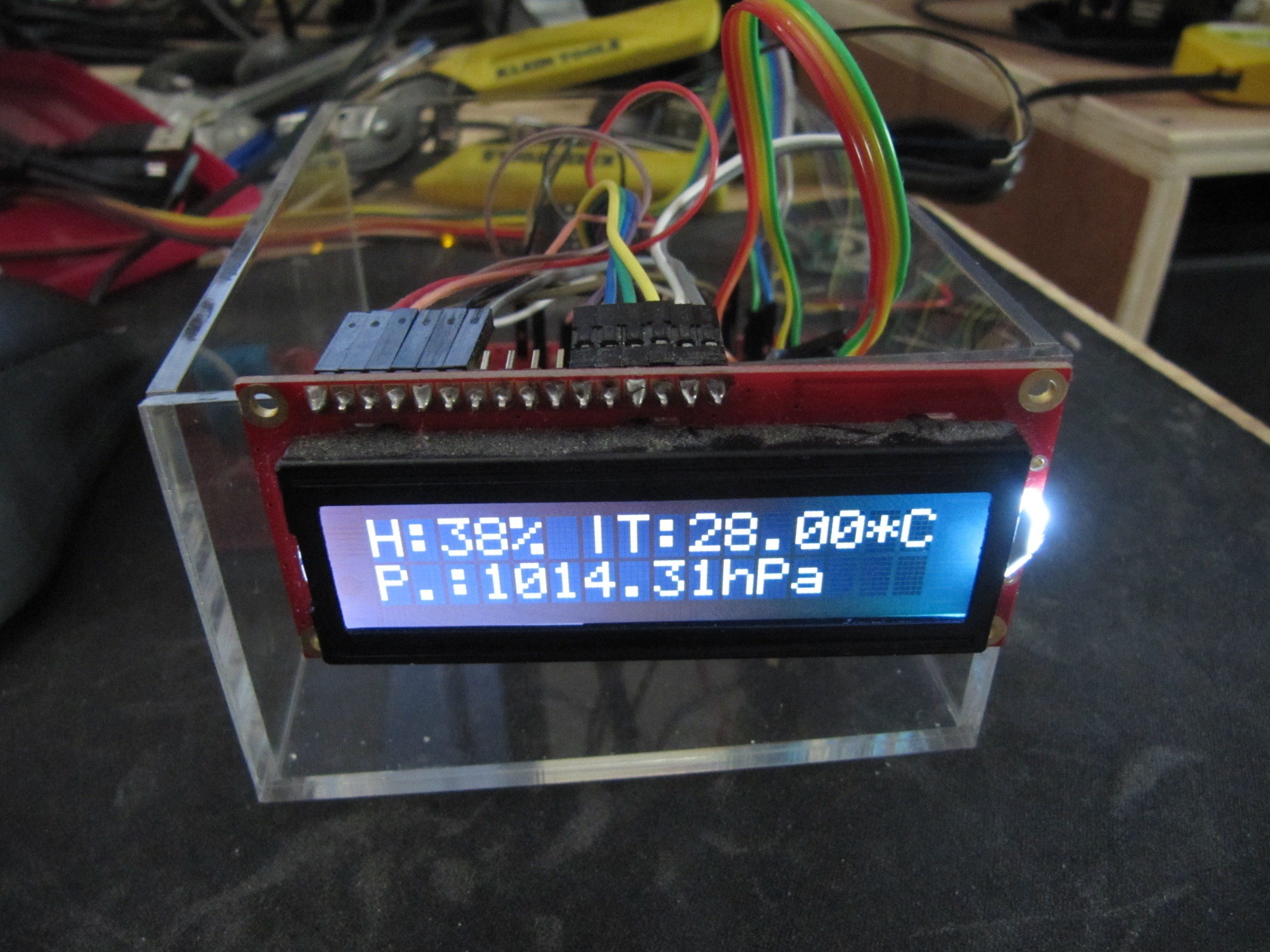
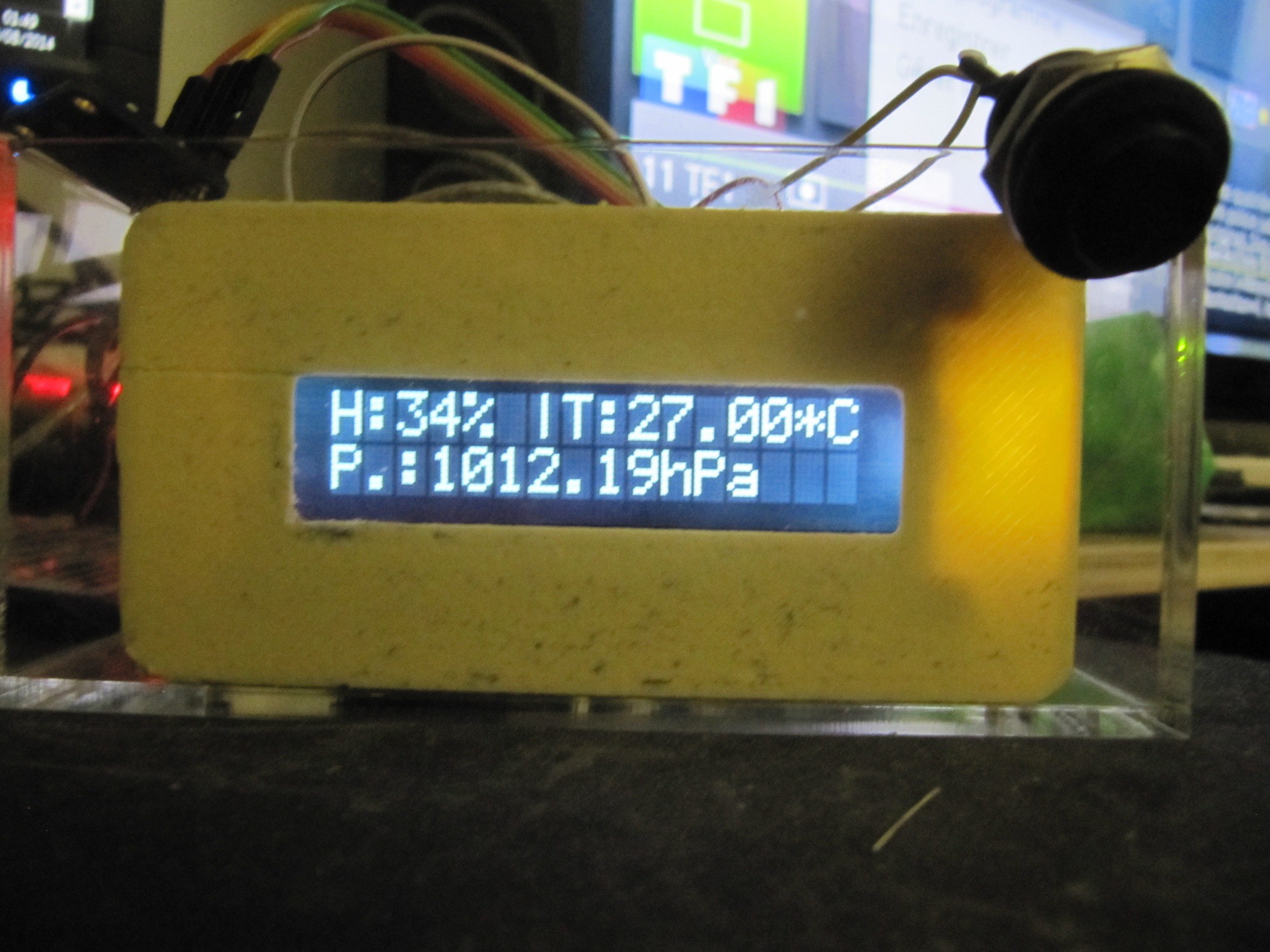
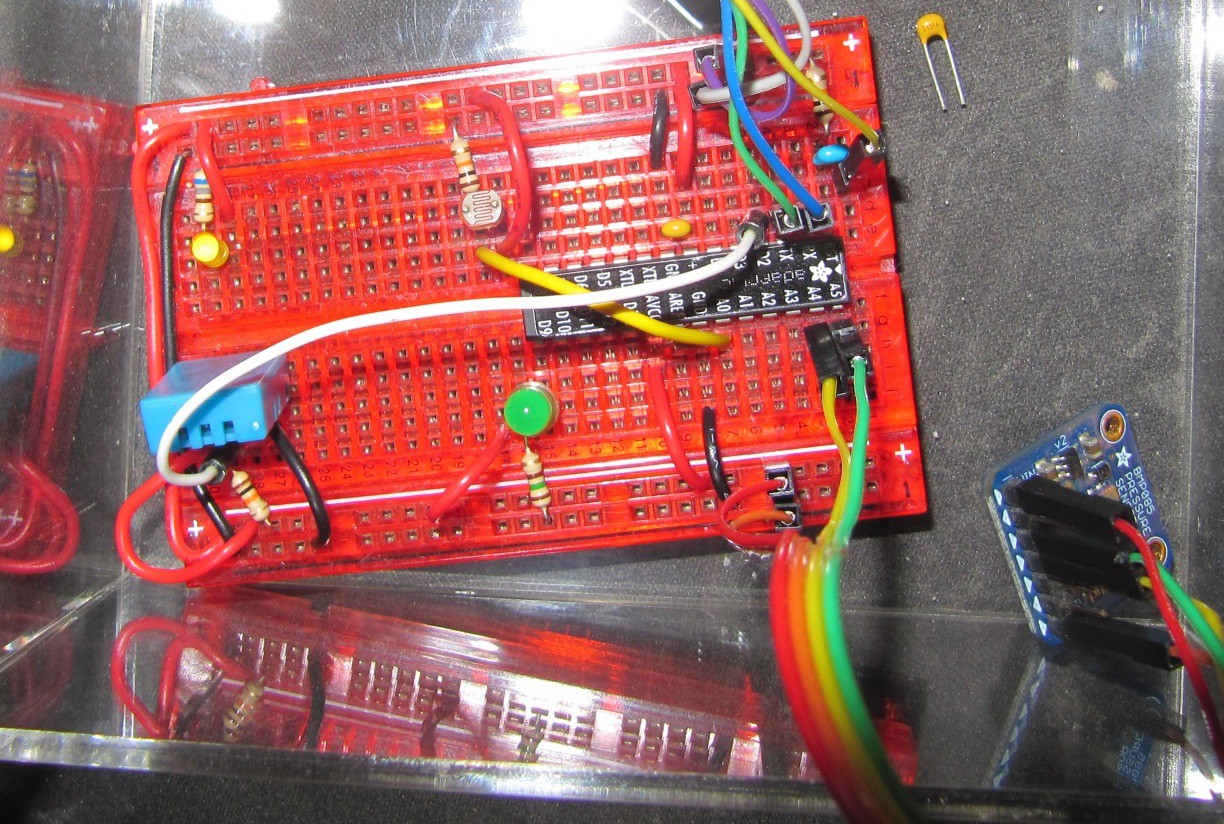

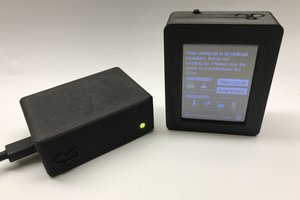
 Darian Johnson
Darian Johnson
 Danie Conradie
Danie Conradie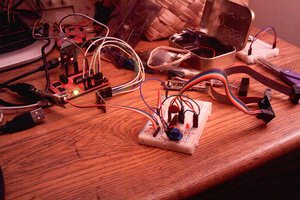
 Ethan Durrant
Ethan Durrant